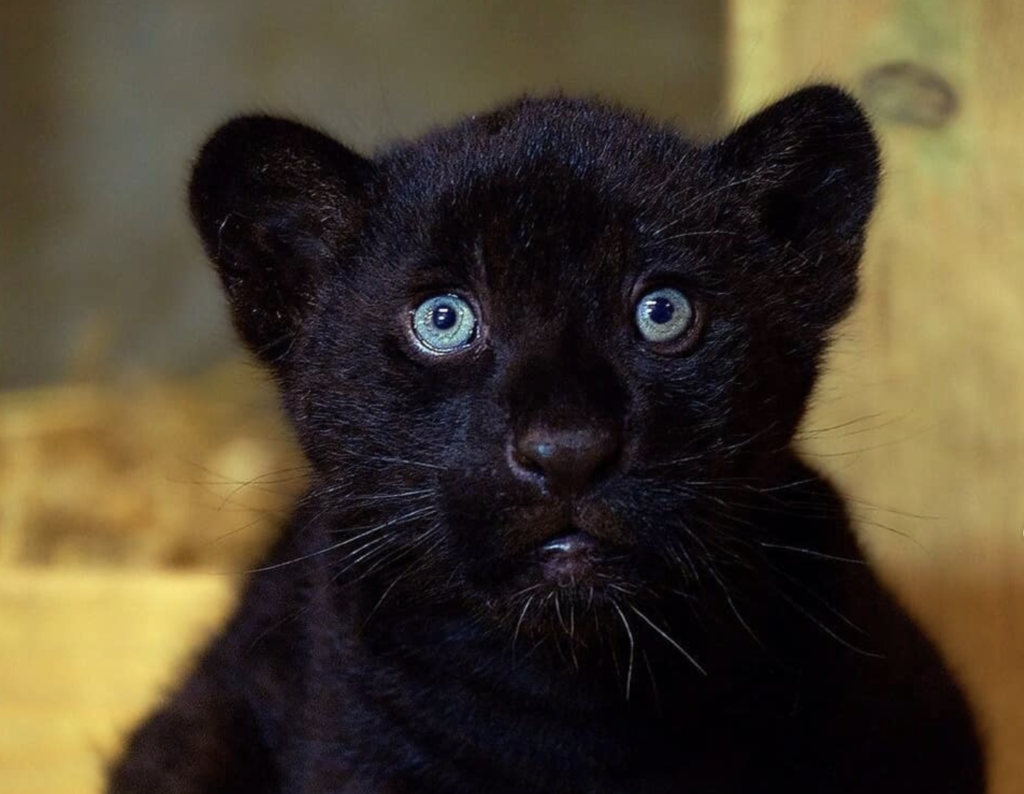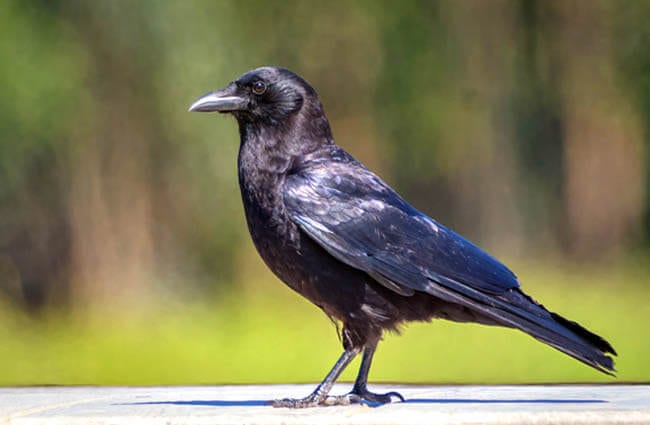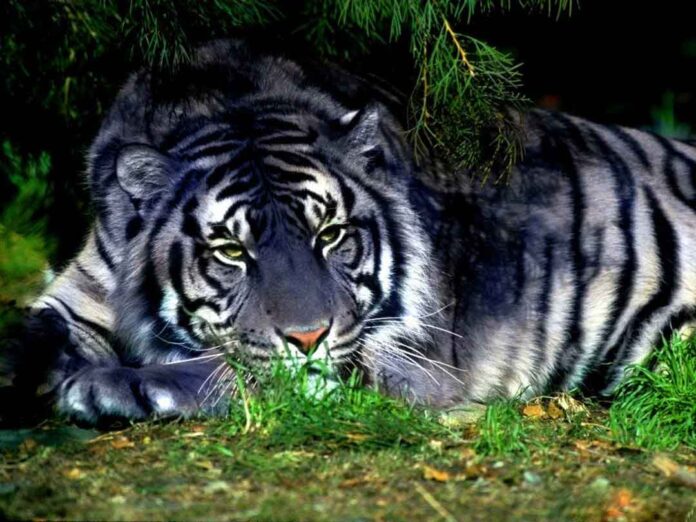As you delve deeper into the world of biology, you may have come across the term “melanistic.” This refers to an excess of the pigment melanin in an animal’s skin, feathers, or fur, resulting in a darker appearance. Melanistic animals are often referred to as “black,” but they can also appear in shades of brown or gray.
One well-known example of a melanistic animal is the black panther. These large cats, which can be found in various regions around the world, are actually leopards or jaguars with a genetic mutation that causes them to have an excess of melanin. Black panthers are not separate species but rather a variation of the species they belong to. They are often more stealthy and elusive than their lighter-colored counterparts due to their ability to blend in with the darkness of their surroundings.

However, melanistic animals are not limited to just large carnivores. Many species of birds, reptiles, and even small mammals can also exhibit melanism. The American crow, for example, is a common bird that can sometimes be found in a melanistic form. Similarly, there are melanistic versions of species such as snakes, lizards, and squirrels. Some species of birds of prey, such as owls and eagles, can also be melanistic.
But why do melanistic animals exist?
It is thought that the trait may have evolved as a way to protect against predators or as a way to absorb more heat in cold environments. For example, in cold environments, melanistic animals may be able to absorb more heat from the sun due to their darker coloring, which absorbs more light. On the other hand, in environments with a lot of sunlight, melanistic animals may be more prone to overheating due to their darker coloring.
Melanistic animals may also have an advantage in environments where there is a lack of vegetation, as their darker coloring can help them blend in with the shadows. This can make it more difficult for predators to spot them, giving them a greater chance of survival.
Despite these potential advantages, there are also potential drawbacks to melanism. In some species, such as birds, melanistic individuals may be less attractive to potential mates due to their unusual coloring. In addition, melanistic animals may be more susceptible to overheating in hot environments due to their darker coloring, which absorbs more heat.
Despite these potential drawbacks, melanism is still a relatively common trait in the animal kingdom. In fact, researchers have found that melanism is more common in certain species than originally thought. In some cases, melanism may even be the dominant form of a species, with lighter-colored individuals being the rare exception.

There are many myths and misconceptions surrounding melanistic animals, which are animals that have an excess of the pigment melanin, resulting in a black or very dark coloring. Here are a few examples:
Myth: Melanistic animals are more aggressive or dangerous than other animals.
Fact: There is no scientific evidence to support the idea that melanistic animals are more aggressive or dangerous than animals of other colors. Like all animals, melanistic animals can exhibit a range of behaviors depending on their individual personality, environment, and other factors.
Myth: Melanistic animals are more common in tropical or warm climates.
Fact: While it is true that melanistic animals may be more visible in certain environments, the distribution of melanistic animals is not limited to any particular climate. Melanistic animals can be found in a variety of habitats around the world.
Myth: Melanistic animals are mutants or abnormalities.
Fact: Melanism, or the production of excess melanin, is a naturally occurring genetic variation that can occur in many species. It is not a mutant or abnormal trait, but rather a variation that occurs within the normal range of variation for a species.
Myth: All melanistic animals are completely black.
Fact: While many melanistic animals do have a very dark coloring, they may not necessarily be completely black. Some melanistic animals may have lighter markings or patterns, or their fur may appear to have a blue or green sheen due to the way that light reflects off the melanin pigment.
Some examples of melanistic animals include:
- Black panthers (leopards or jaguars with a genetic mutation that causes an excess of melanin)
- American crows (a common bird that can sometimes be found in a melanistic form)
- Snakes, lizards, and squirrels (species that can exhibit melanism)
- Some species of birds of prey, such as owls and eagles
- Some species of deer, such as the sika deer
- Some species of primates, such as gorillas and baboons
- Some species of fish, such as guppies and bettas
- Some species of amphibians, such as frogs and salamanders.
While melanistic animals may not be as widely known as their lighter-colored counterparts, they are no less fascinating. Their unique appearance and the potential evolutionary advantages they possess make them a valuable and important part of the natural world. As you continue to learn more about the diverse and complex world of biology, keep an eye out for these intriguing creatures and their unique traits.
